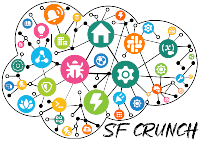This articles leverages a lightning web component to export the data from Salesforce screen flow. The LWC inputs a collection variable and convert it into a CSV file. Moreover, you also have options to select an sObject and fields to be exported into the CSV file.
Tag: LWC
This article shows, how to preview an email in a screen flow with actual merge fields populated before sending it out to a customer, ensuring all details are correct. By using an Apex invocable action that returns email body with all the merge fields populated and in the screen flow show text using display text component and HTML body using an LWC.
An example of LWC to display CMS Content (Collection) as an accordion on a public Lightning Web Runtime (LWR) site, leveraging the ConnectAPI.ManagedContentDelivery class. In this example, I use the getCollectionItemsForChannel method from the ConnectAPI.ManagedContentDelivery class to retrieve CMS Collection items and display them as an accordion.
This Lightning Web Component (LWC) provides a seamless UTM builder functionality, enabling users to effortlessly generate UTM parameters for their marketing links. UTM, which stands for Urchin Tracking Module, is a set of query parameters added to URLs for tracking the effectiveness of online marketing campaigns.
This article illustrates creating a lightning web component to export opportunities to a CSV file with a simple button click directly from the account detail page. This solution eliminates the need for Apex code, opting instead for the utilization of the getRelatedListRecords wire adapter.
